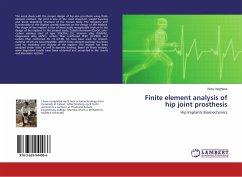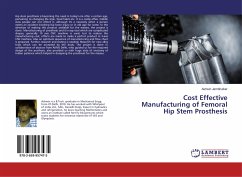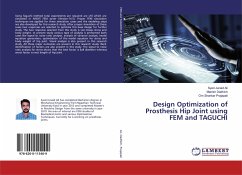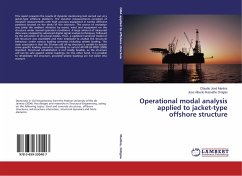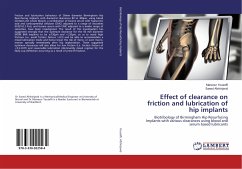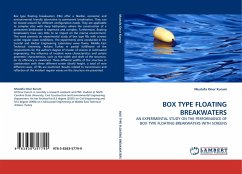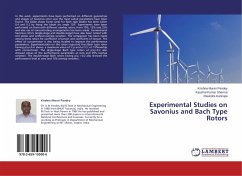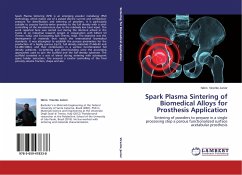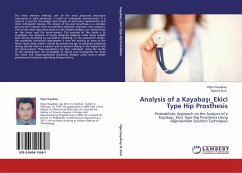
Analysis of a Kayaba¿¿_Ekici Type Hip Prosthesis
Probabilistic Approach on the Analysis of a Kayaba¿¿_Ekici Type Hip Prosthesis Using Approximate Solution Techniques
Versandkostenfrei!
Versandfertig in 6-10 Tagen
45,99 €
inkl. MwSt.

PAYBACK Punkte
23 °P sammeln!
The finite element method, one of the most advanced simulation techniques in solid mechanics, is used for orthopedic biomechanics. It is used as a tool for the design and analysis of total joint replacement and other orthopedic devices. The design of hip joint prostheses is a complex process that requires close co-operation between engineers and surgeons. One of the most important factors in the implant design is to reduce stress on the femur and the bone-cement. The purpose of this study is to investigate the behavior of newly designed implants under body weight load during stumbling by param...
The finite element method, one of the most advanced simulation techniques in solid mechanics, is used for orthopedic biomechanics. It is used as a tool for the design and analysis of total joint replacement and other orthopedic devices. The design of hip joint prostheses is a complex process that requires close co-operation between engineers and surgeons. One of the most important factors in the implant design is to reduce stress on the femur and the bone-cement. The purpose of this study is to investigate the behavior of newly designed implants under body weight load during stumbling by parametric modeling. In the parametric design, the prosthesis functional requirement is that the locking of stem to the femur head using cement should be strong enough to preclude unlocking during the life time of a patient and to prevent sliding of the implant into the bone-cement. These parameters are then optimized. Using the results of this investigation, the probability of failure was investigated for both the initial and shape-optimized prosthesis designs using several simple performance functions describing fatigue theory.



